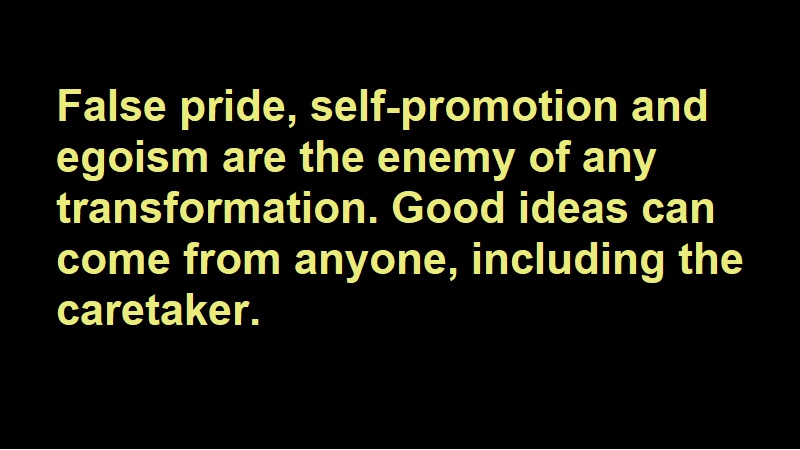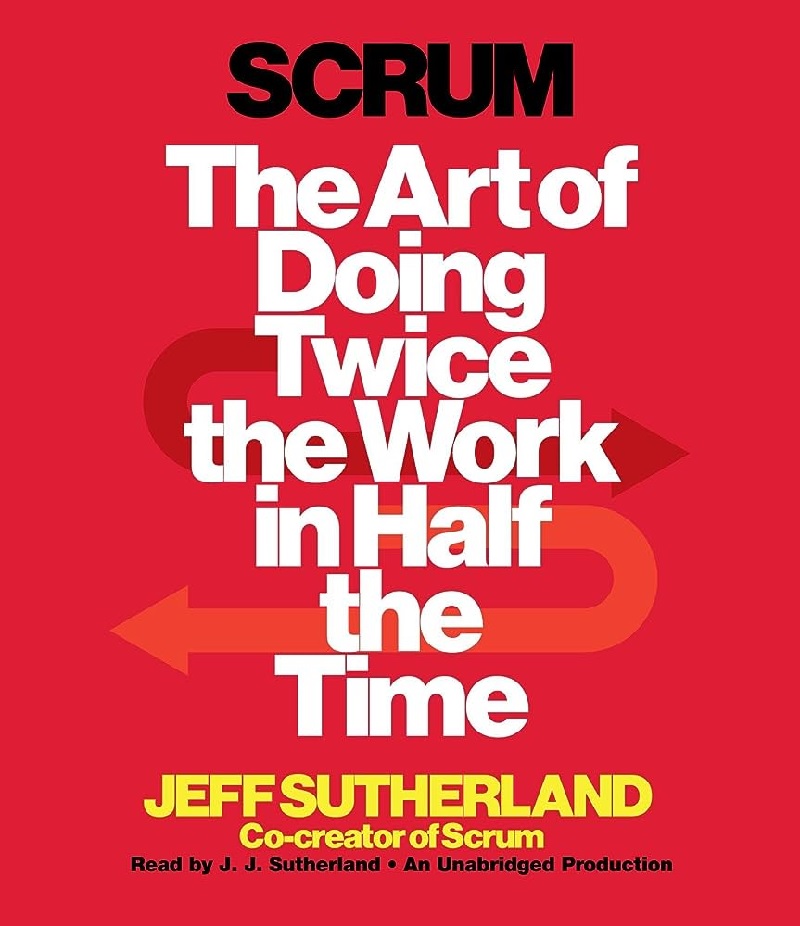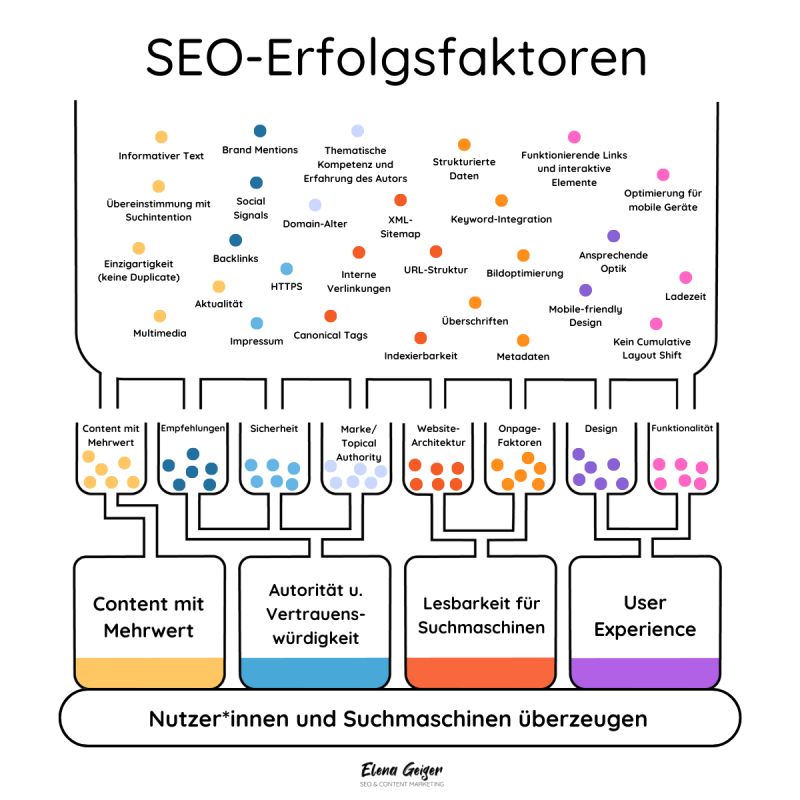Impulses for organisations – Part 5
In the online world, you can always find valuable impulses from experts who address various topics within organisations or thematise aspects of cooperation, perspectives or ideas. In Part 5 of this series, I would again like to “put individual impulses in the shop window” here on the t2informatik Blog. This time it’s about children’s interest in software development, in-house experts and specialists, the true value of Scrum and search engine optimisation.
Here we go with the impulses!
Girls Can Code
I showed my daughter how to code! #girlscancode
It’s a bland summer holiday. And suddenly my 8-year-old daughter asks me, “Mum, how do you actually do it at work with programming?”
It turned into a spontaneous remote-bring-your-kid-to-work-day! 😁
And so I showed her what projects I’m currently doing at work and what the code behind them looks like – she then immediately got started and changed the design colours in the CSS (turquoise – lilac, very cool combo btw).
And thanks to Git, I was also super relaxed and really gave her the freedom to grab the keyboard and start typing. 👩💻
When she got bored with that, we switched to Scratch (programming language for kids). Since I hadn’t tried it myself before, the two of us simply taught ourselves in a team effort.
It was really fun: we made a star fly around in space, taught a bird to do loops and navigated a jellyfish through the sea.
The hit of the day was the browser developer tools: I showed her how to change the text of a web page in the display on our computer. We invented and inserted funny new texts and created new fun web pages.
Quite playfully, she understood so intuitively concepts like if-then-else, loops, coordinate systems, layouts, what-doesn’t-get-done,….
Their comment in between: “That’s easy!” 😃
And whether she decides to pursue a technical career later or not, she knows she CAN do it. 💪
Let’s Ask Our Employees
Why do I care what our employees think?
When companies go through a transformation, it is often about processes and technologies. This involves putting together a project team and sometimes appointing a Chief Transformation Officer.
If we follow a comment from McKinsey, we should take a step back and ask ourselves what this role is for.
According to this, people in these roles should focus on two types of capabilities across the team:
- Good ideas can come from the CEO, but also from the caretaker.
- Learning how to implement these ideas can change the way you work.
Ideas from staff can change the development of a product, fix a frontline bug or solve a long-standing customer problem. What is crucial is management support and implementation.
Above all, it is about building competencies from the beginning. This makes it possible to generate enthusiasm during the transformation and maintain motivation over time.
It is about challenging mindsets and ways of doing things. False pride, self-promotion and egoism hinder improvement. Instead, we need to move to a mindset of “let’s ask our employees”.
This is why it is also so important to train leaders, engage employees accordingly and establish a culture of listening. This should be supported accordingly by HR in the transformation.
What does all this lead to? Here is a practical example from the McKinsey commentary:
The branch team of a shoe retailer recognised the need to update the complex warehouse layout. A simplified warehouse was introduced in selected shops, making it easier and faster to access high-demand products. This led to an improvement in the customer experience and cost savings. The system has since been rolled out to all branches.
When employees are encouraged to contribute and acquire new skills, it becomes something of an addiction.
They want to contribute ideas more often, and so do their colleagues. Ideas from the bottom up and support from the top down: This is the golden ticket for change.
Scrum – The Art of Doing Twice the Work in Half the Time
From the “Most Damaging Book Covers” series: 📖
“Scrum—The Art of Doing Twice the Work in Half the Time.” — Jeff Sutherland 🚩
The titles promotes a Feature Factory mindset — more is better, and Scrum delivers!
Nothing could be further from the truth; agility isn’t about producing more features or lines of code. 💪
True success in Scrum is about delivering value and making a real difference for our customers, solving their problems.
While the phrase suggests productivity, it may send a misleading message. ❌
What truly matters is the impact of our work, not the volume. 🎯
As we dive into these reads, let’s focus on actual Agile values and avoid misinterpreted vanity metrics.
It is just a tiny step to counting story points per Developer per Sprint! 🤦♂️
What about “The Art of Doing Twice the Value in Half the Time?”
Success Factors of Search Engine Optimisation
I am always thinking about how to simplify and explain search engine optimisation, which is a very complex subject.
Here is my latest attempt to break down the most important success factors into four topics. So that even beginners can better understand and internalise the whole thing.
So: Ultimately, SEO comes down to the following:
🟡 Content with added value
Delivering well-prepared information that perfectly serves the search intention.
🟡 Authority and trustworthiness
Become the trusted “go-to” authority in your own subject area.
🟡 Readability for search engines
Search engines show how the website and individual pages are structured and what they are about.
🟡 User experience
Making the website visit an all-round pleasant experience.
The whole thing can then be broken down even further into:
Convincing users and search engines.
Yep, it’s as simple as that. 😛
Note: The success factors mentioned in the graphic are a selection of mine.
Impulses and Questions
Four different topics, four people with different expertise and perceptions, four individual impulses. How do we succeed in getting children in general and girls in particular excited about computer science, software development or technology? Why don’t we ask colleagues or employees for their opinions and perspectives more often? What is Scrum actually about and what significance does the book title possibly have for the spread of the Scrum framework? And are there perhaps factors that are more important when it comes to the findability of content on the internet?
Questions upon questions. Perhaps you also have one or two; great! Then Part 5 of “Impulses for Organisations” has also achieved its goal.
Notes:
If you like the article or want to discuss it, feel free to share it with your network.
[1] Emanuela Haberl is a career changer and works as a Software Creative and FullStackFairy at milk + honey solutions GmbH. nformation about Emanuela Haberl can be found in her LinkedIn profile, the impulse can be found here in the original on LinkedIn.
[2] Jonathan Mueller is an Account Executive at Peakon and a good contact for employee engagement, employee development and digital transformation in HR. Information about Jonathan Mueller can be found in his LinkedIn profile, the impulse can be found here in the original on LinkedIn.
[3] Stefan Wolpers helps Scrum Masters and Product Owners to develop professionally – with courses, training and a community. You can find information about Stefan Wolpers on his website and in his LinkedIn profile. You can find the impulse here in the original on LinkedIn.
[4] offers planning, implementation and consulting for content that convinces the target group AND Google. You can find information about Elena Geiger on her website and in her LinkedIn profile. You can find the impulse here in the original on LinkedIn.
ichael Schenkel has put further impulses in the shop window in the t2informatik blog, including

Michael Schenkel
Head of Marketing, t2informatik GmbH
Michael Schenkel has a heart for marketing - so it is fitting that he is responsible for marketing at t2informatik. He likes to blog, likes a change of perspective and tries to offer useful information - e.g. here in the blog - at a time when there is a lot of talk about people's decreasing attention span. If you feel like it, arrange to meet him for a coffee and a piece of cake; he will certainly look forward to it!






